
Traveling the Transamazon Highway: A Journey in Pictures
On The Road Day 1
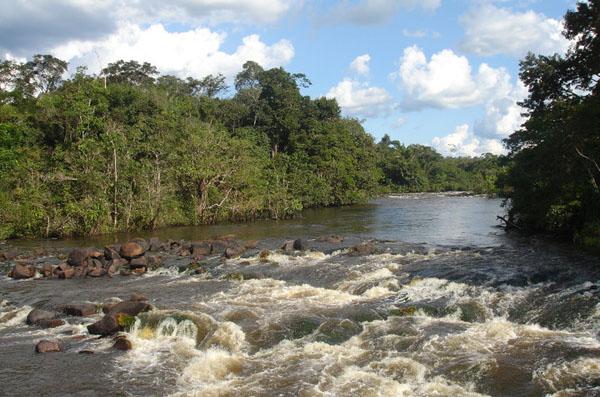
A nameless river: The team set off in a four-wheel drive truck from the town of Itaituba. Walker said the weather worked in their favor. The dusty Transamazon, often little more than a muddy track, was remarkably dry in June. Armed with laptops, cameras, and hammocks, Walker, Pereira, and Arima spent the next 10 days traveling 700 miles (1,100 kilometers) through the Amazon.
Day 2
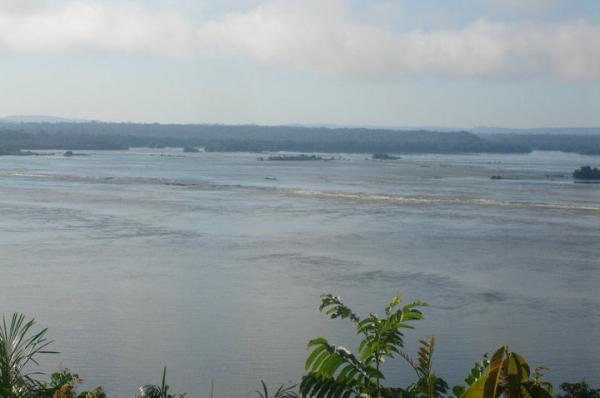
The Tapajos River, which feeds into the Amazon, is a mighty river in its own right. Here, a shot of some of the rapids that interrupt the river in many places. Walker said the team was lucky enough to find hostels and small hotels to stay in every night in tiny burgs along the Transamazon Highway.
Day 3
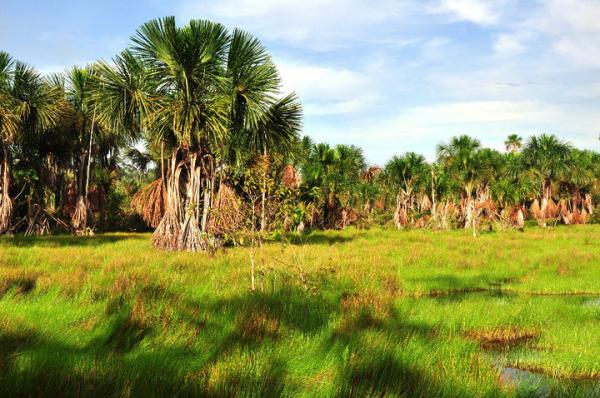
As the group traveled west, the climate dampened. Streams cut across the track with increasing frequency, and palms and swampland, as seen in this photo, became more common. This was taken on the road from the town of Jacareacanga, on the way out of the Tapajos Valley.
Day 4

Near the town of Apui. Walker and his team encountered a colorful cast of characters on their journey. This man lived in a wooden shack in the forest surrounded by a menagerie of pets. In addition to this macaw, he kept ten dogs, two wild boars, a capybara (the largest rodents in the world) and a tapir. They all lived inside his house. His wife, apparently, had long since left.
Day 4
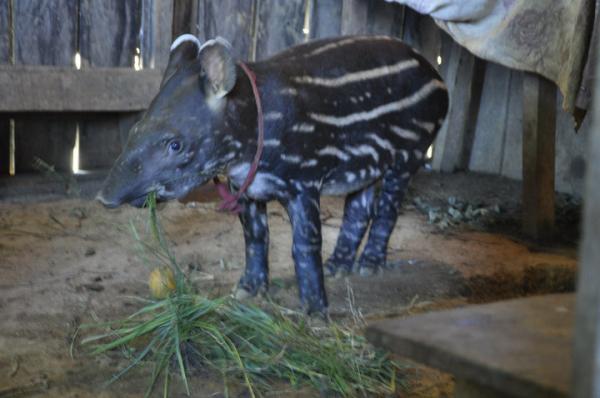
The man's pet tapir. Although it was just a youngster, it was already as large as a dog.
Day 4
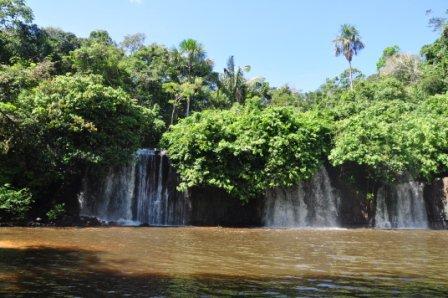
The team remained in Apui for several days and set out each morning to look for logging roads. This is one of the many waterfalls in the region. Walker swam across the pond and said he had second thoughts about halfway across. He suddenly realized he was in anaconda country. But he finished his swim.
Day 5
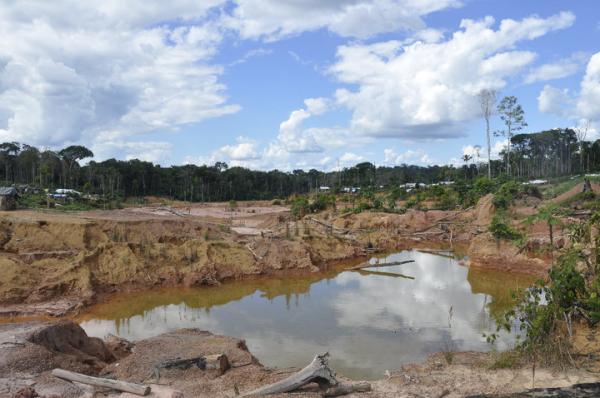
Near Apui: Walker and his colleagues heard there was a gold mine in the area. Mines can be rough places, and off-limits to outsiders, but the researchers managed to convince the owner of their hotel to guide them here. They found about 200 people working this mine. At one point, the Brazilian government had shut down the operation because of the havoc it was wreaking on the forest, but people returned. It was unclear whether the current set-up was sanctioned or not, but men continued to work the pits, blasting the soil, and using hoses to suck out water and sediment in search of gold.
Sign up for the Live Science daily newsletter now
Get the world’s most fascinating discoveries delivered straight to your inbox.
Day 6
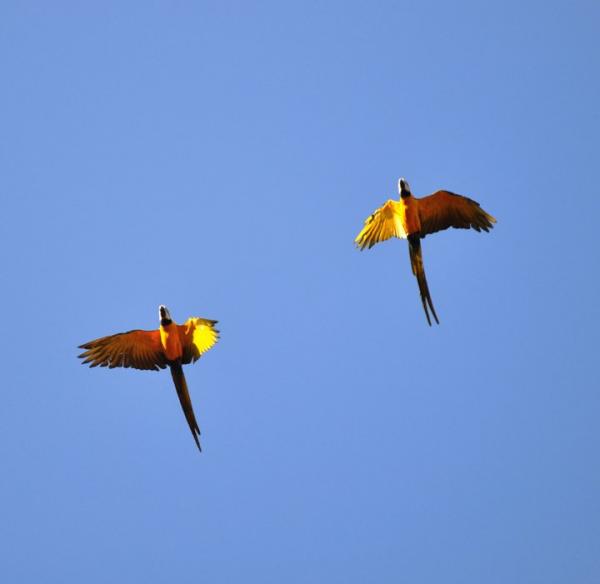
On the road to Vila Santo Antonio Matupi, near the Aripuana River. Walker said that bird calls filled the air, with toucans dominating the raucous tropical symphony. The group played with these macaws for a half hour. Walker said the colorful birds seemed to enjoy the attention.
Day 7
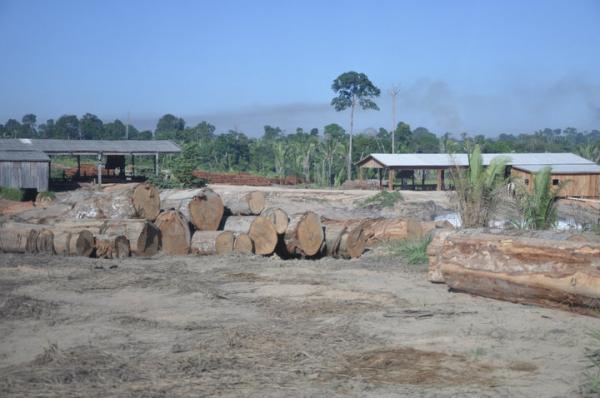
Vila Santo Antonio Matupi. The crew had some tense moments at this sawmill they found. They went down a logging road into the forest and realized they were being followed. When they saw the motorcycle on their tail, they decided to turn back, but a pickup truck and bulldozer blocked their escape. The man on the motorcycle shouted that they were on private property, and they better leave; they did as soon as the pickup and bulldozer let them.
"So we got out of town," Walker said. "When you're out there, stuff happens."
Day 7
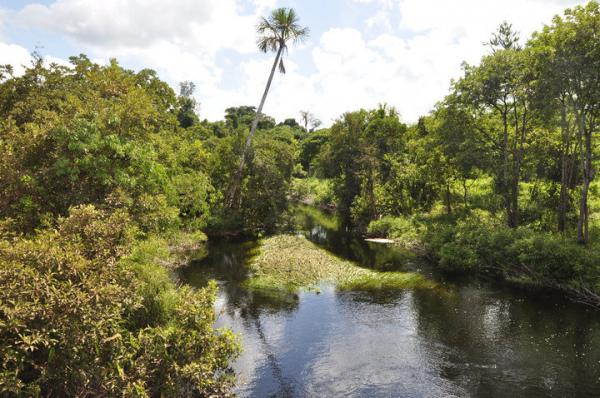
Leaving Vila Santo Antonio Matupi, near the Tenharim Indigenous Reserve. The indigenous people blocked the road and asked for a toll before the researchers were allowed to pass. The Tenharim also warned the scientists not to take any more pictures while on reserve land.
Walker said the trees came right down to the road in this area. "It was very wild," he said, "just like the forest was before Columbus came and screwed everything up."
Day 8
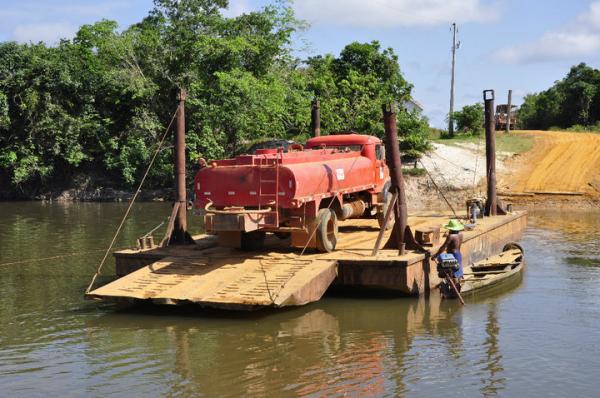
On the road to Labrea. Ferry crossings can be dicey operations along the Transamazon. Walker said that in some places, a cable was strung across the water, and the researchers helped the locals pull the ferry across by hand.










